The Archivo General de Indias contains autographical material from the first of the Conquistadores to the end of the 19th century. It is a UNESCO World Heritage Site
By Nick Nutter | Updated 11 Apr 2023 | Seville | Places To Go |
Login to add to YOUR Favourites or Read Later
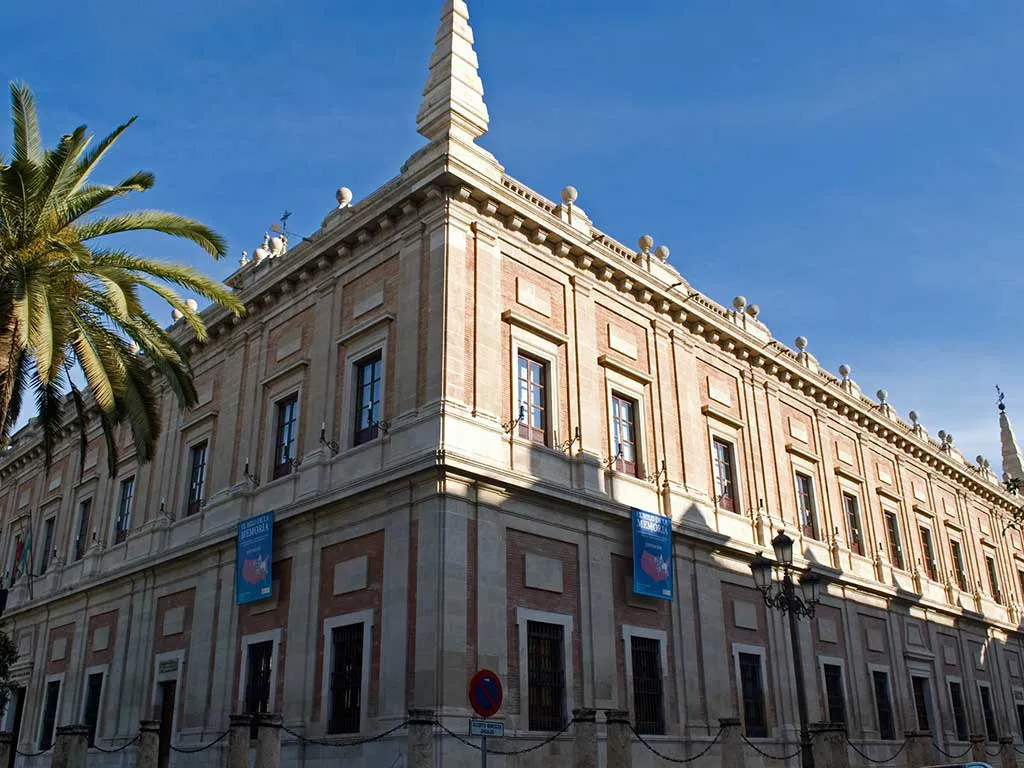
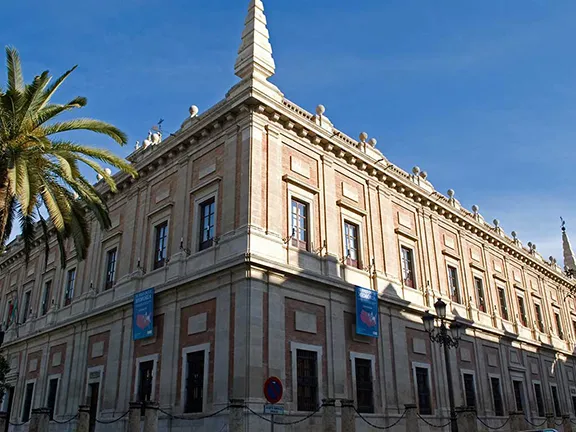
Archivo General de Indias
We all know that the Spanish are enthusiastic about creating and keeping records. This habit dates back to the start of the Inquisition in 1480. By the time Columbus set sail in 1492, Spanish bureaucracy was in overdrive. By 1785, the amount of paperwork being generated by the colonial administrators in the Spanish possessions in the Americas and the Royal and Supreme Council of the Indies in Spain was overwhelming the archives in the Archivo General de Simancas, the central archive of the Spanish crown, and repositories in Cadiz and Seville. Charles III ordered all the archival material to be collected in one place, the Archivo General de Indias in Seville.
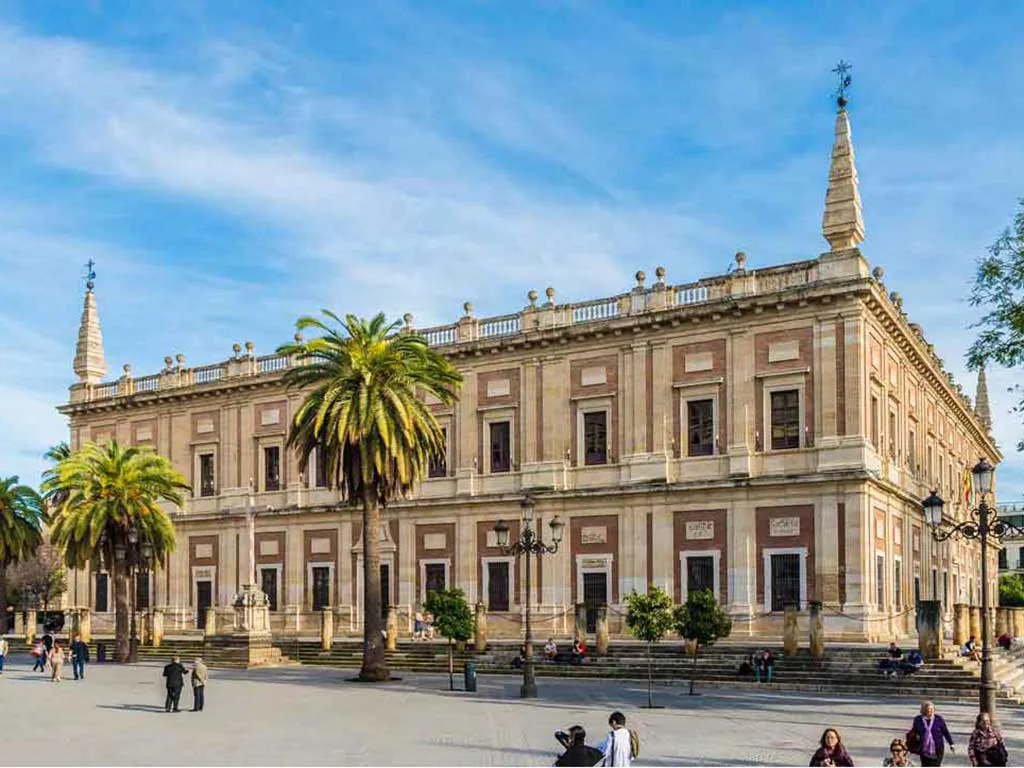
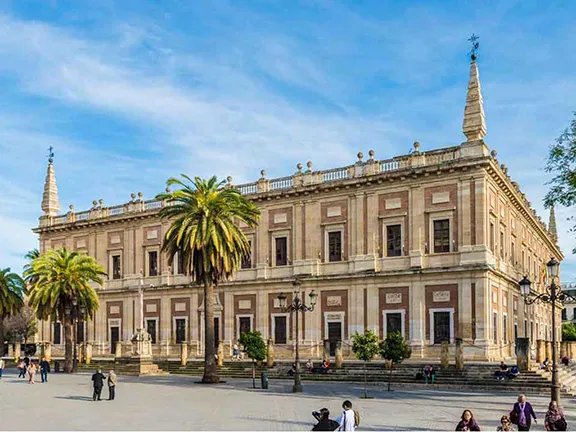
Archivo General de Indias
The Archivo General de Indias was begun by order of Philip II in 1572 and finally completed in 1629. This magnificent Italianate example of Spanish Renaissance architecture was originally designed to house the Consulado de Mercaderes, the Merchant Guild of Seville, who until then had been meeting in the Cathedral and who had, basically, worn out their welcome. They moved into their new Casa Lonja de Mercaderes in 1598. The Consulado de Mercaderes enjoyed a monopoly of the right to trade goods in the Americas and handled most of the imports from the Americas, including the silver.
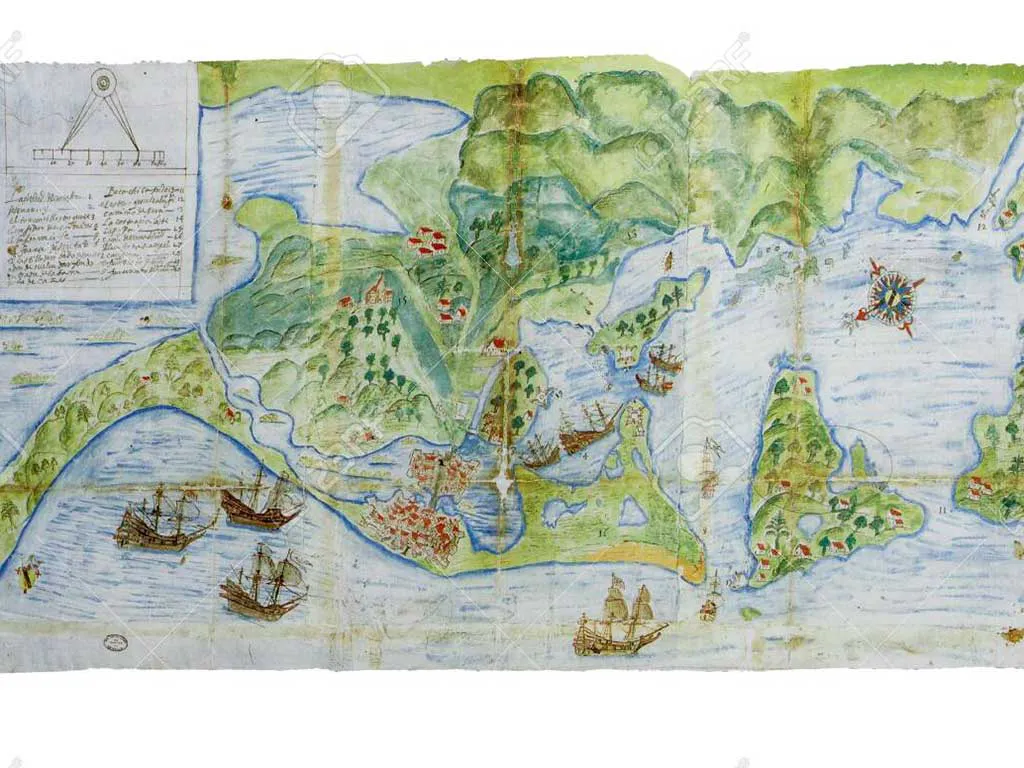
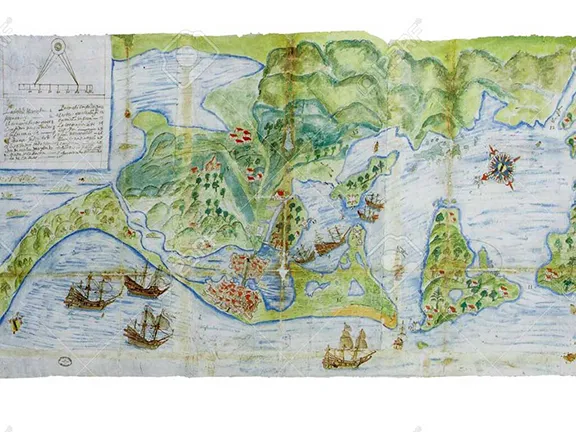
Cartagena after Drakes attack
Following Charles III ‘s order, in 1785, the papers, maps and manuscripts housed in the old archives were carefully packed into boxes and laboriously carted to the Casa Lonja de Mercaderes in Seville. The transportation of the archives took many years and the repository continued to collect material until the end of the 19th century.
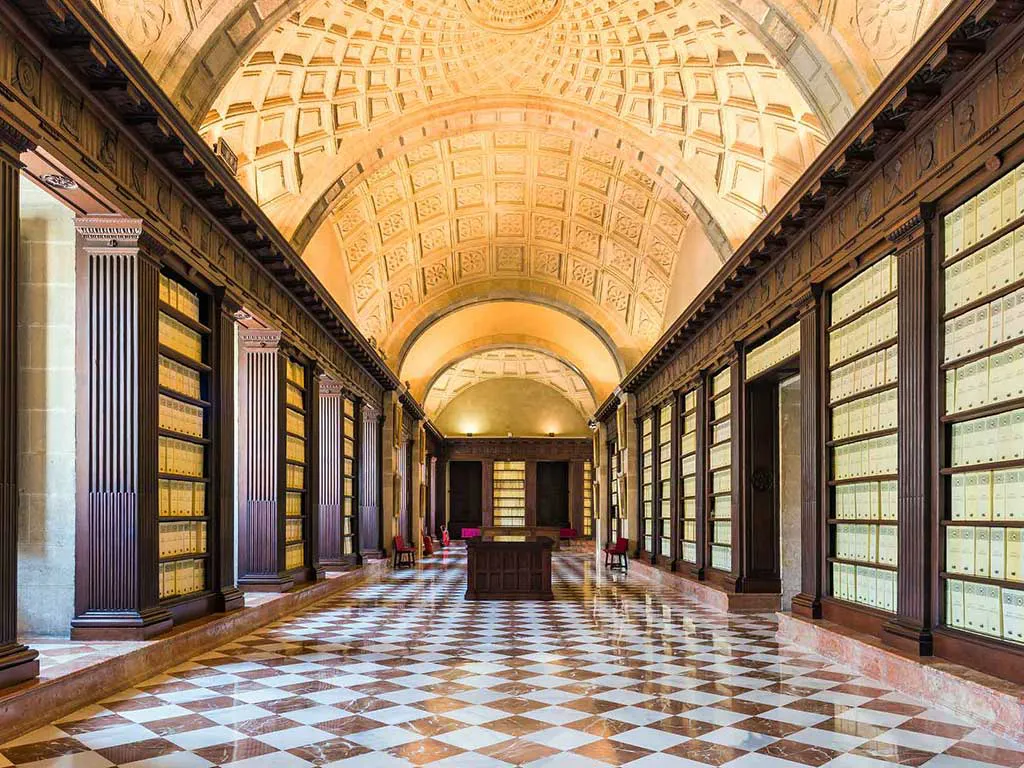
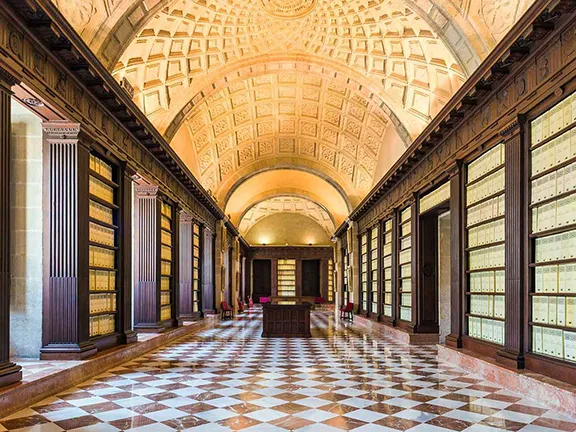
9 kilometres of shelving
The figures are astounding. 43,000 volumes containing 80 million pages are now housed on 9 kilometres of shelving. In 2005 the process of digitising the material began and that work is still underway.
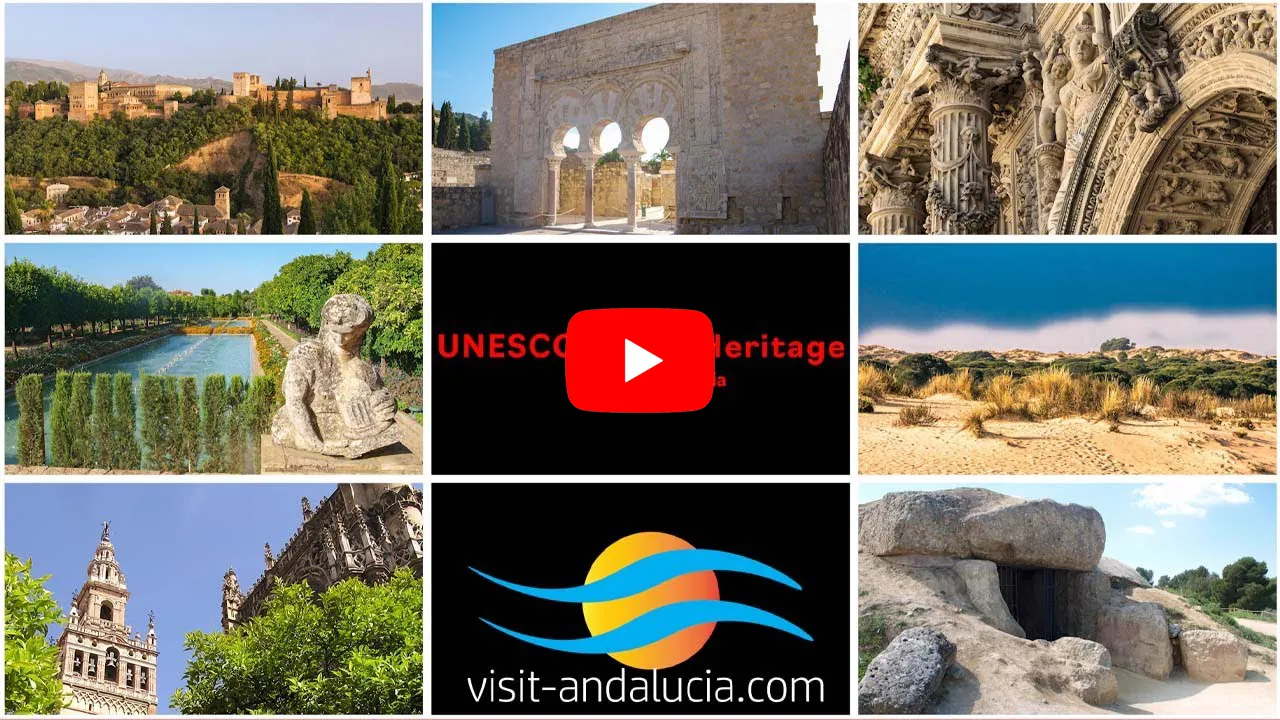
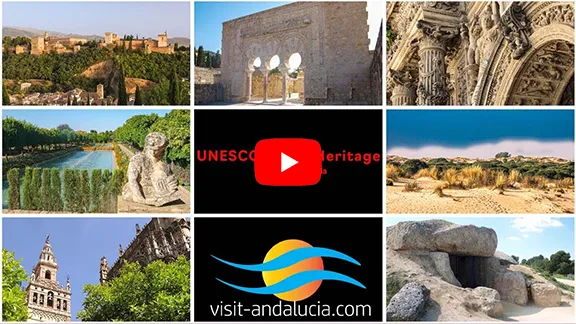
Video By: Julie Evans
The archives contain autographical material from the first of the Conquistadores to the end of the 19th century. Here are Miguel de Cervantes' request for an official post, the Bull of Demarcation Inter caetera of Pope Alexander VI that divided the world between Spain and Portugal, the journal of Christopher Columbus plus maps and plans of the colonial American cities, in addition to the ordinary archives that reveal the month-to-month workings of the whole vast colonial machine.
Unfortunately, the bulk of this fascinating material is not available to the ordinary visitor. Researchers can obtain permission to examine selected parts of the archive and must make an appointment and undertake the research in a building just across the street from the General Archive building.
In 1987, the Archivo General de Indias was included in the Seville UNESCO World Heritage Site that also includes the Cathedral and the Royal Alcázar of Seville.
Together these three buildings form a remarkable monumental complex in the heart of Seville. The cathedral and the Alcázar – dating from the Reconquest of 1248 to the 16th century and imbued with Moorish influences – are an exceptional testimony to the civilization of the Almohads as well as that of Christian Andalusia. The Giralda minaret is the masterpiece of Almohad architecture. It stands next to the cathedral with its five naves; the largest Gothic building in Europe, it houses the tomb of Christopher Columbus. The ancient Lonja, which became the Archivo de Indias, contains valuable documents from the archives of the colonies in the Americas.
For opening times of the Archivo General de Indias, click here